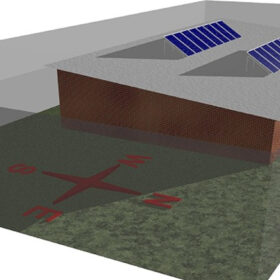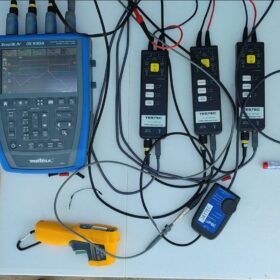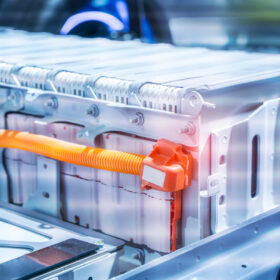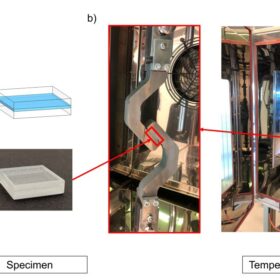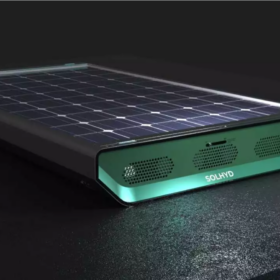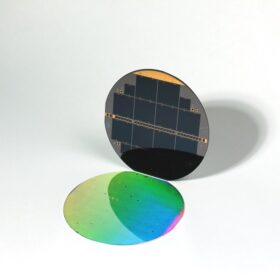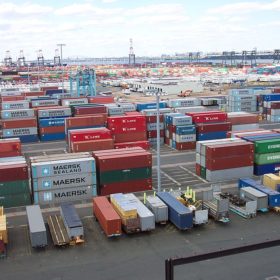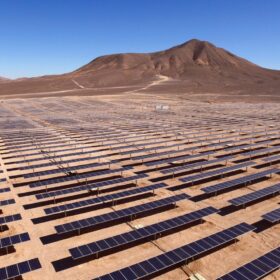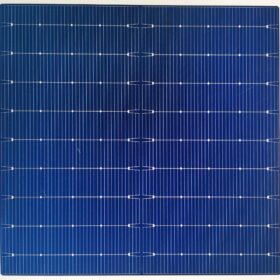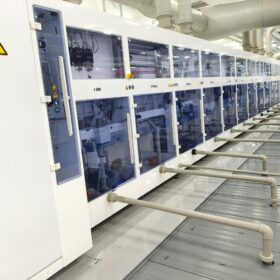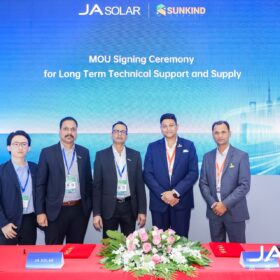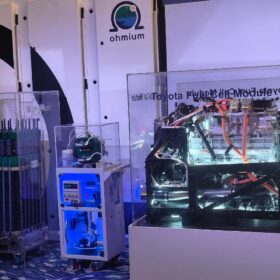Mitigating solar supply chain challenges
Large-scale solar projects in India are facing delays of at least two-three months. The primary reason is Indian companies’ dependency on Chinese products and equipment, which may result in shipping delays and cost fluctuations. But, many companies in India have their solar module stocks already ready and can provide their products at the same price as Chinese brands, Tanmoy Duari, CEO, AXITEC Energy India, tells pv magazine.
Bifacial PV on rooftops can provide energy yield gains of up to 22.6%
Scientists in Australia have combined Monte Carlo Ray Trace (MCRT) techniques and electrical modeling to assess the potential energy gains of bifacial rooftop PV systems compared to monofacial arrays. They found that rooftop reflectivity is a key factor in increasing a bifacial PV system performance, and that system and module design should also be carefully considered.
PI Berlin releases new tool to detect faults in inverters
PI Berlin has developed a new tool to detect problems in inverters such as defective printed circuit boards, faulty switching algorithms, and deficiencies in components and sensors.
Hindalco to set up lithium battery foil manufacturing facility in Odisha
Hindalco will invest INR 800 crore to build a new battery foil manufacturing plant near Sambalpur in Odisha. The facility will initially produce 25,000 tonnes of the foils for Lithium-ion and Sodium-ion battery cells.
New research identifies advantages of POE encapsulants in dual-glass solar modules
To understand better the long-term effects of humidity on durability of glass-glass modules, Austrian researchers carried out lengthy damp-heat tests on double glass modules made with EVA and POE encapsulants. They identified several POE advantages, such as improved interfacial strength and less water uptake, among others.
KU Leuven spinoff plans MW-scale production of solar-hydrogen panels
Solhyd, a KU Leuven spinoff, is refining its technology to reach megawatt-scale production of hydrogen-producing solar panels with a €6 million ($6.5 million) investment from a consortium of Flemish investors.
All solar cell efficiencies at a glance – updated
The research group led by Professor Martin Green has published Version 63 of the solar cell efficiency tables. There are six new results reported in the new version.
India imported solar PV panels worth $1,136.28 million in H1 FY 2024
India’s solar panel imports in the April-Sept. period of FY 2024 surpassed the value of panels imported in the twelve months of FY 2023. Cell imports have also increased considerably year-on-year, with H1 FY 2024 value touching $1,005.07 million.
Solar LCOE now 29% lower than any fossil fuel option, says EY
A report from Ernst & Young (EY) shows that despite inflationary pressures, solar remains the cheapest source of new-build electricity. The global weighted average levelized cost of electricity (LCOE) for PV is now 29% lower than the cheapest fossil fuel alternative.
China: Polysilicon prices continue to fall
Polysilicon prices fell by as much as 0.63% in China this week, according to the China Nonferrous Metals Industry Association (CNMIA).

